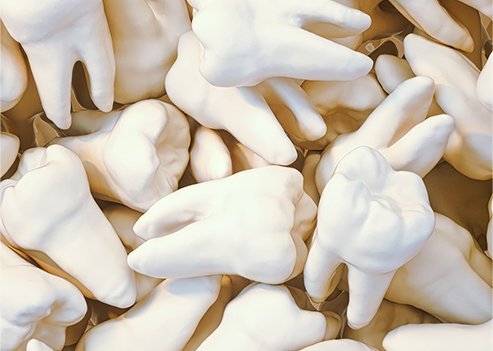Reading time: Just over 1 minute
Increase your vocabulary and you’ll make your writing much more precise. That’s why I provide a word of the week. Today’s word: snaggletoothed.
I read the novel A Christmas Hope (in April, no less!) purely because I saw it on the shelf of the library and I had long been curious to read something written by Anne Perry.
Perry, as you may know, was born Juliet Hulme and in 1954 was convicted of having helped kill the mother of a friend. This story was turned into the 1994 movie, Heavenly Creatures, starring Kate Winslet as Hulme.
At the time, no one knew that Hulme had grown up to become the famous murder-mystery author, Anne Perry. The truth was discovered some weeks after the movie’s release.
I wish I could report Perry’s writing was excellent, but in truth I found it quite pedestrian. It reads like mediocre genre fiction — in this case, the sort of story that might have been published in Ladies’ Home Journal in 1965.
The book did, however, give me my word of the week: snaggletoothed. Here’s how Perry used it:
His face was cadaverous, snaggletoothed.
Although the word is frequently used to describe youngsters who are missing their “baby” teeth (and eagerly waiting for the grown-up ones to appear), in fact, a snaggletooth is one that is broken or not in alignment with the others.
The etymology of the word is unclear. Perhaps it comes from the Old Norse snag-hyrndr, meaning something with sharp points. Alternatively, it may come from American English in which a snag meant “to be caught on an impediment.”


